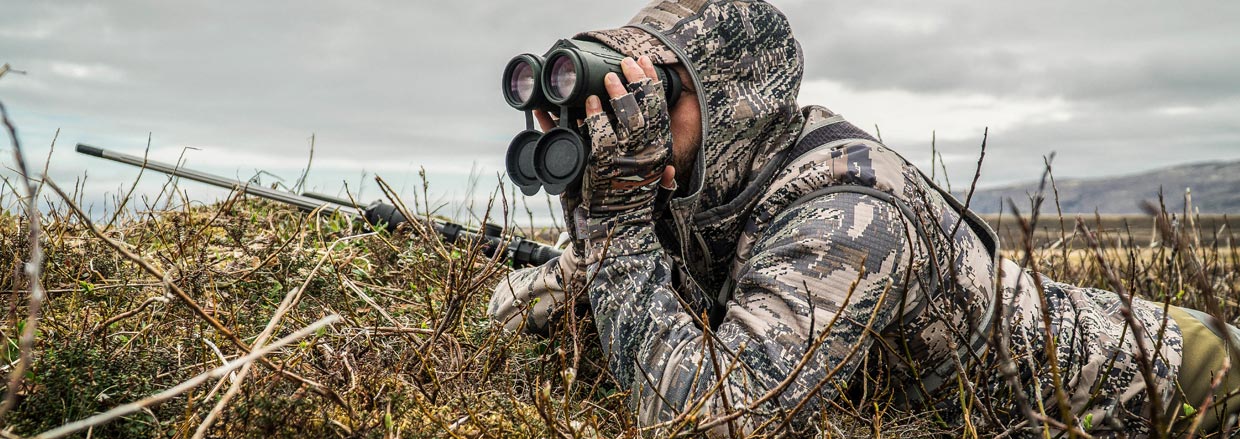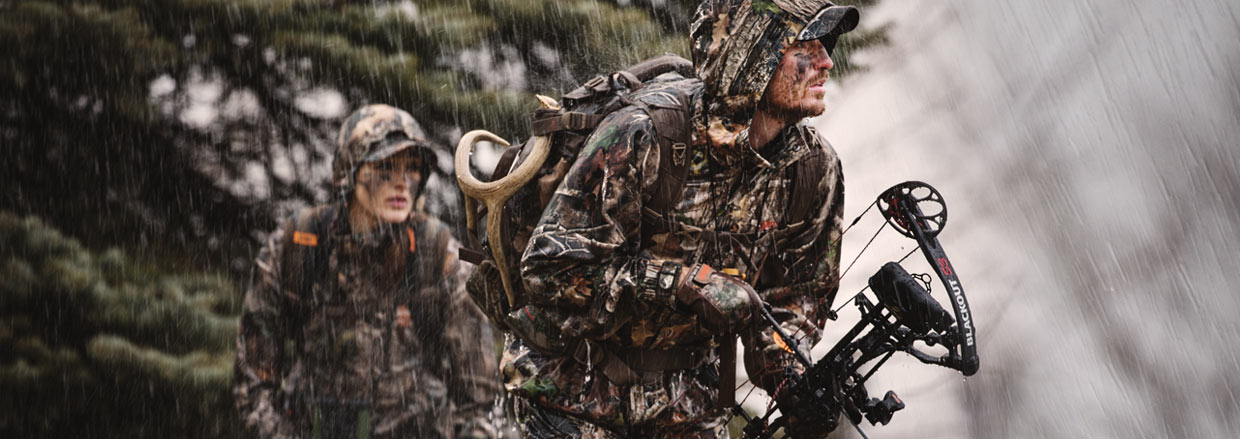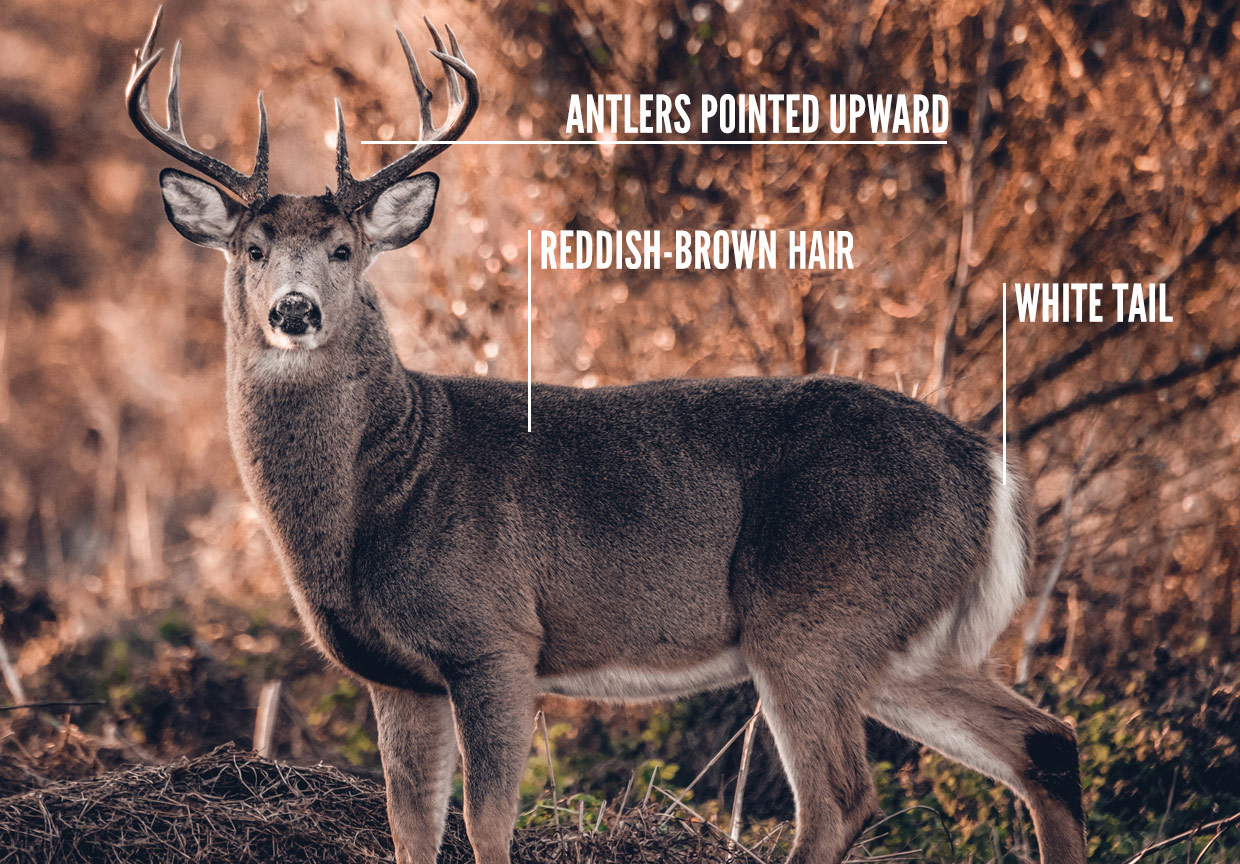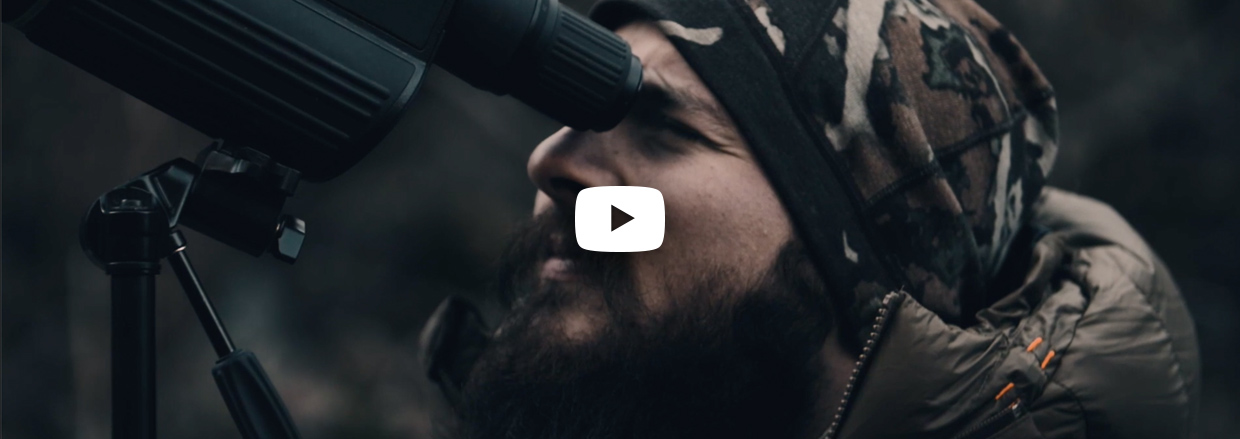Deer Hunt

Deer are the most accessible big game animals available for hunters to harvest in Canada.
Though there are five deer species found in Canada, White-tail deer are by far the most sought after due to their large population size and wide distribution across the country. They are extremely adaptive and thrive in most habitats that can supply them with the key components of food, water and security. They are usually more visible at dawn and dusk as they migrate out of their sheltered secure bedding areas to feed in fields and meadows. They are highly in tune with their environment and their keen sense of smell and hearing make them a challenging quarry to hunt.
A mature Whitetail buck is a very secretive animal and rarely makes an appearance out in the open during most legal shooting times. During the rut, they become more focused on breeding and will become less cautious in their pursuit of does. Management of deer populations in specific areas offer hunters ample opportunities to add some great tasting and healthy venison to their diet.
Binoculars for Hunting

Choose Suitable Binoculars for Big Game Hunting
As a big game hunter, it is crucial to invest in reliable binoculars. When choosing binoculars for your hunt, consider having strong magnification, good light-gathering ability, field of view, portability, and comfort. Check out our guide to choosing the right binoculars.
Bowhunting Tips for Beginners

12 Bowhunting Tips for Whitetail Deer Hunting
Bow hunting is the most exciting and rewarding way to harvest a game. It’s a true sportsman’s hunt that requires a great deal of preparation, practice, and patience. Here is a list of points to keep in mind before you take your first hunting trip.
- Keep Your Hunting Licenses with You: Each province has different rules and regulations. Always keep your licenses and documents with you. Use a sealed plastic bag or a waterproof box to keep them safe.
- Find the Right Bow: Your bow should fit your body. Finding a bow that fits your draw length and draw weight is key for good technique, accuracy, and comfort. All compound bows have some degree of adjustability, so select the one that can be fitted to you.
Note: All provinces require a minimum draw weight and arrow length for hunting. If you cannot pull the minimum required weight, find a bow that can be adjusted. With practice, you can increase the draw weight. - Train Your Dominant Eye: Selecting a left or right-handed bow relates to your dominant hand and your eye. If you match your bow to your dominant eye, it will allow you to shoot with both eyes open for a wider field of view. can Determine your dominant eye with a simple eye test:
- Choose Your Release Style: Traditional bows, like recurve and longbows are shot using your fingers while compound bows require a mechanical trigger release. There are three main types of releases: Wrist Releases, Handheld Thumb Releases, and Back Tension Releases. The key to selecting a release is finding one that is comfortable and fits your hand. Practice often and ensure you maintain the same anchor points for every shot.
- Wear Your Safety Harness: Hunting a whitetail on a tree stand is advantageous. Always wear your safety harness to avoid any injuries.
- Bow Maintenance: Maintaining your bow in good condition is essential for your hunt and safety. Always inspect your bow and arrows before using them. Check your bowstrings and cables. If necessary, wax or replace them accordingly. Look for any cracks or damages on the arrows before shooting and replace them.
- Change Your Arrow Points: The bow type and arrows change based on your target. For shooting your game, try broadhead arrows for a broader cut and use field point arrowheads to practice. Avoid amateur shots as they sling arrows all over the field.
- Be Discreet: Learn to mask your odour. Blend in using camo clothing and face painting. Doing so will avoid startling your game. Game species, like deer, elk, moose, and bears, have a keen sense of smell. To avoid being detected, make sure to position yourself with the wind blowing in your face and away from your target.
- Ethical Shots Only: As a responsible hunter, it is important to only take shots at ranges where you are confident and have had practice. Remember that the animal can hear your shot before the arrow reaches them, so longer shots give the game more time to react, “jump the string” and evade your arrow. Aim for the vitals and take your shot when the target is broadside, stationary, and not alert for the best chance of success.
- Be Patient: After a successful shot, give some time for the animal, or you might push the wounded to run away. The wait time depends on your shot placement. If you hit the vitals, grant the animal an hour before pursuing it. Conversely, a bad shot placement might require several hours of waiting or you can come back the next morning.
- Know Where to Aim: Always choose a spot where the vital organs are on the animal and aim for it. Shooting the whole animal can make or break a bowhunter.
Whitetail
Blacktail – Mule
Defining Characteristics

Rut Season: Nov. 8–Dec. 2
Some experts believe that the white-tailed deer rut coincides with the 2nd full moon following the autumnal equinox (the rut moon).
Advanced Big Game
Elk Hunt
A full-grown bull elk can stand as tall as 9 feet, with antlers extending 4 feet above their head. Don’t underestimate the sheer size and weight of these beautiful giants. Hunting elk can be a challenging, but intensely rewarding experience, provided you have the gear and the know-how to get the job done.
Learn more about elk hunting
Moose Hunt
A bull moose in full spread is one of the most imposing animals in the Canadian wilderness. Taller than a saddle horse, large bulls can weigh over 1300 pounds. Hunters who are lucky enough to take down a full-grown moose are rewarded with a ton of great meat!
Learn more about moose hunting
Bear Hunt
An apex predator of the Canadian wild, black bears can weigh up to 900 pounds and boast impressive speed, agility and sense of smell. Take extra care when hunting these majestic creatures. Those who succeed are awarded a beautiful pelt, meat, and a good story or two.
Learn more about bear hunting

